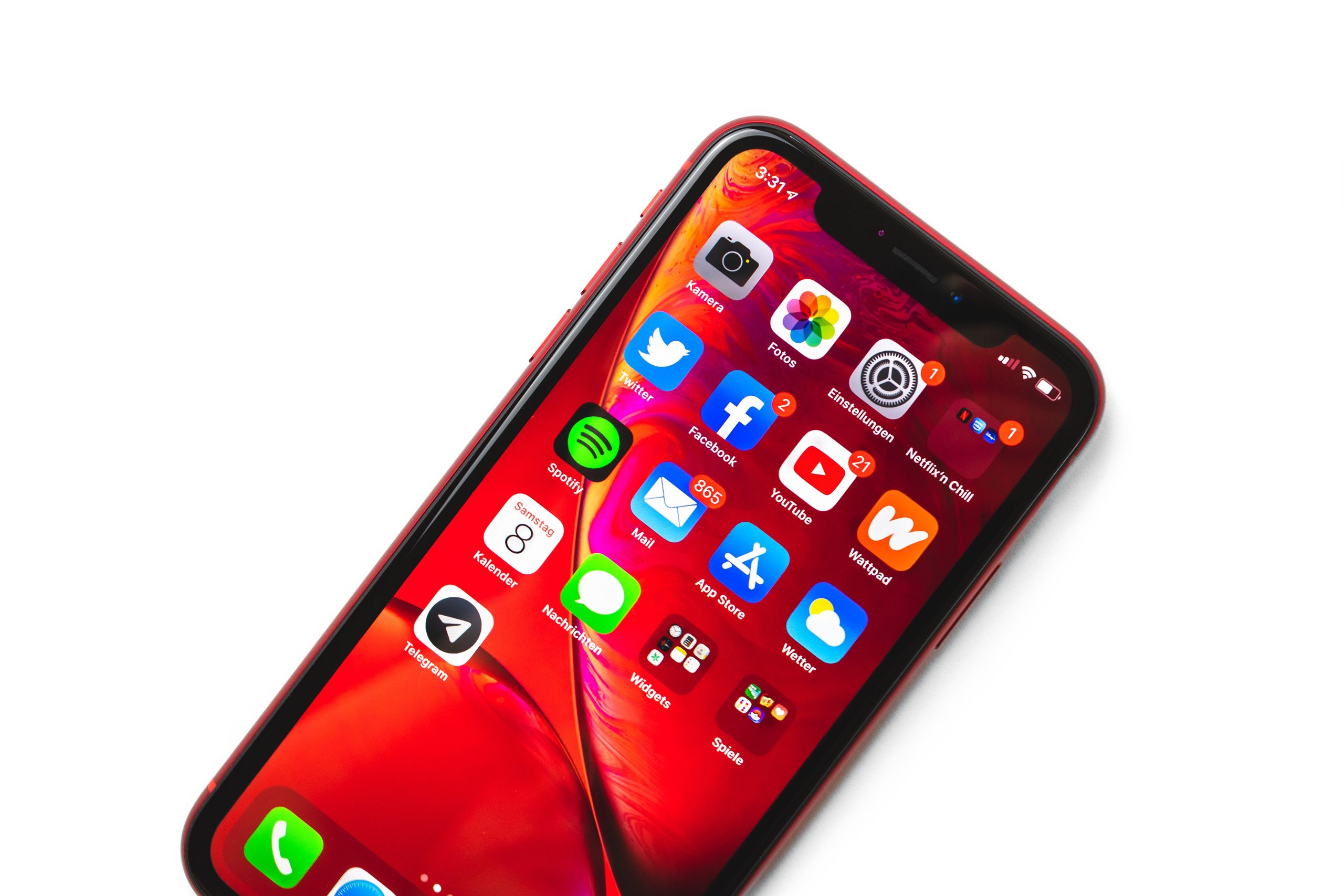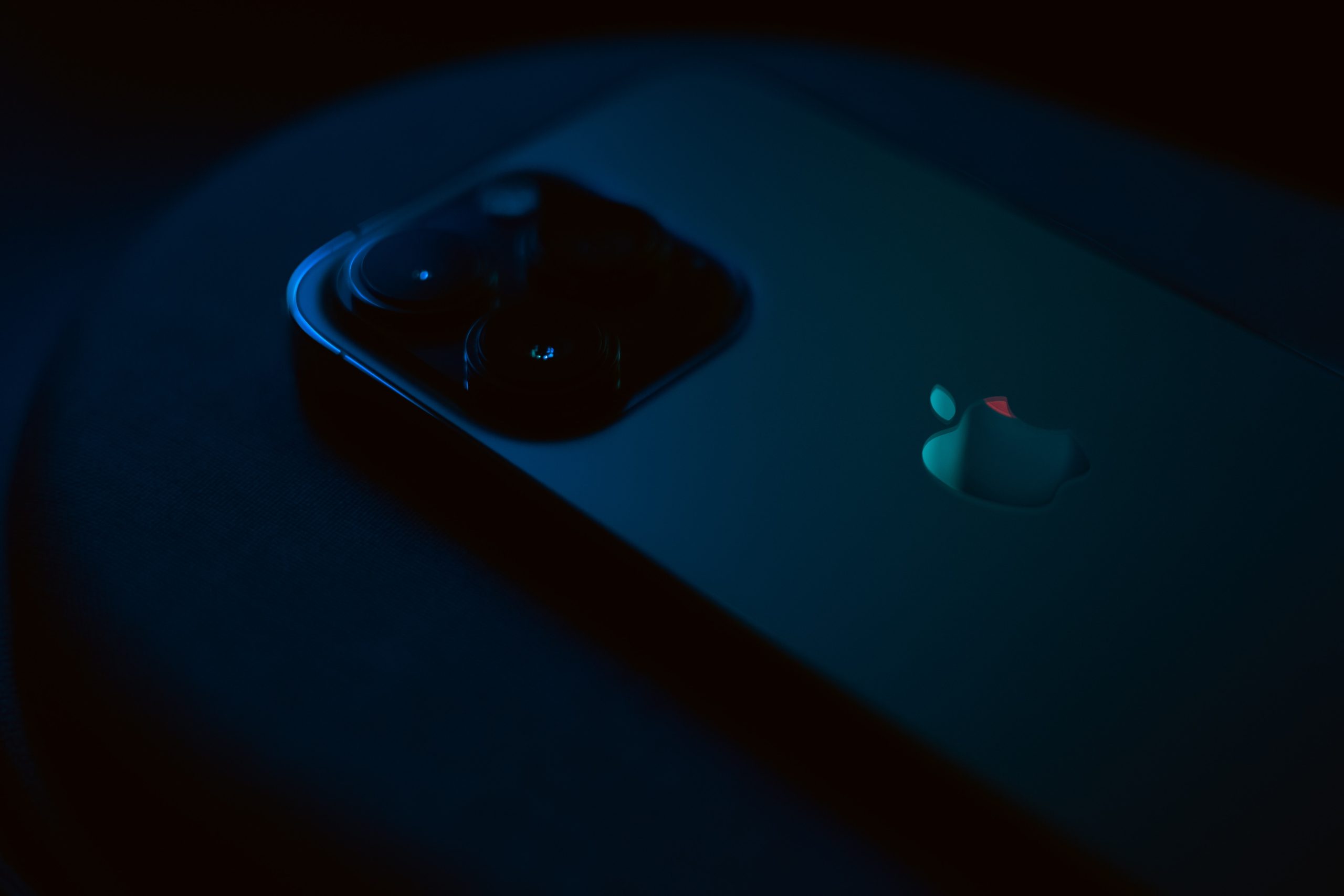The iPhone has become an integral part of our daily lives, serving as a communication tool, entertainment device, and much more. Understanding the lifespan of an iPhone is crucial as it determines how long we can enjoy its features and functionality. The lifespan of an iPhone refers to the period of time during which the device remains fully functional and performs at its peak. This includes factors such as software updates, battery lifespan, and the overall durability of the device’s internal components.
By understanding the lifespan of an iPhone, users can make informed decisions about battery replacements, software updates, and ultimately, when it may be time to upgrade to a new device. With the rapid advancements in technology, it is essential to stay informed about the lifespan of an iPhone to ensure we maximize its usage and get the most out of this integral piece of technology.
Factors Affecting the Lifespan of an iPhone
The lifespan of an iPhone can be affected by various factors. One of the key factors is the hardware components. iPhones are built with high-quality materials, but over time, these components can wear out or become outdated. Software updates and support are important factors to consider. Apple regularly releases updates to enhance security, address bugs, and introduce new features. However, older iPhones may receive limited software support with the launch of newer models.
Battery lifespan is another critical factor. Lithium-ion batteries, which power iPhones, have a limited lifetime. With each charge cycle, the battery’s capacity gradually declines, affecting battery life. Apple allows users to check their battery health under Settings > Battery > Battery Health & Charging. If the battery performance declines significantly, users can consider battery replacement.
Furthermore, how an iPhone is used and maintained also impacts its lifespan. Factors like the number of charge cycles, exposure to extreme temperatures, and physical damage affect overall longevity.
It’s essential to note that while iPhones have an average lifespan of around four to five years, the actual lifespan may vary depending on usage and individual circumstances. It’s also worth mentioning that Apple typically provides a one-year warranty with its devices, which covers manufacturing defects and hardware failures within that period. Overall, regular software updates, proper maintenance, and appropriate usage can help extend the lifespan of an iPhone.
Hardware Components
The hardware components of an iPhone play a crucial role in determining its lifespan. The battery is a key component that has a limited lifespan. As each charge cycle occurs, the battery’s capacity gradually decreases, affecting its overall performance. Apple provides users with the ability to monitor their battery health through the settings. If significant declines are observed, a battery replacement may be necessary.
The processor is another important hardware component that affects the lifespan of an iPhone. A powerful and efficient processor ensures smooth performance and longevity. Regular software updates from Apple help optimize the processor’s performance and extend its lifespan.
Storage capacity is also a significant factor. iPhones with larger storage capacities have more room for storing data and apps, which helps prevent unnecessary strain on the device. This can contribute to a longer lifespan.
Screen quality is crucial in determining the lifespan of an iPhone. A high-quality screen with durable materials can resist scratches and damage, ensuring a longer lifespan. Apple’s use of high-quality materials, such as glass and ceramic, in their screens enhances durability.
Software Updates and Support
Software updates are essential for the lifespan of an iPhone as they provide numerous benefits. Firstly, iOS versions offer improved security patches to protect against potential vulnerabilities and keep user data safe. With regular updates, users can trust that their iPhones are equipped with the latest security measures.
Additionally, software updates ensure app compatibility, allowing users to continue utilizing the latest features and functionalities offered by various applications. This extends the usability and lifespan of the device, as users can keep up with the ever-evolving app landscape.
Furthermore, software updates often include performance enhancements, optimizing the overall functioning of the iPhone. This leads to a smoother user experience and prolongs the device’s lifespan by maintaining its peak performance capability.
With Apple’s commitment to providing software updates for several years, iPhone users can enjoy a longer period of support compared to many other smartphone brands. This means that even older generations of iPhones can benefit from the latest advancements and features, ultimately increasing their lifespan.
Average Lifespan of an iPhone
The average lifespan of an iPhone can vary depending on various factors. According to Apple, their devices are designed to last for about three to four years. However, many users have reported using their iPhones for longer periods, with some devices lasting up to six or seven years with proper care and maintenance.
User experiences and anecdotes also suggest that iPhones can have a longer lifespan compared to other smartphones. The build quality, durability, and reliable performance of Apple devices contribute to their extended usability.
Consumer surveys and studies have shown that iPhones tend to have a longer lifespan compared to their Android counterparts. This can be attributed to factors such as regular software updates, which keep the device running smoothly and extend its compatibility with newer apps.
It is important to note that the battery life of an iPhone can decline over time, requiring battery replacement or management. However, Apple offers battery service for eligible devices and provides information on battery health and charging settings to optimize performance.
Overall, while Apple suggests an average lifespan of three to four years for iPhones, many users have experienced longer lifespans with proper care and maintenance. The durability, regular software updates, and battery service options contribute to extending the usability and lifespan of iPhones.
Prolonging the Lifespan of an iPhone
Prolonging the lifespan of an iPhone requires proper maintenance and care. Taking care of the battery is crucial for maximizing its lifespan. Avoid exposing the phone to extreme temperatures, as hot environments can damage the battery. Regularly charge the phone and avoid extra-long periods of inactivity, which can negatively impact the battery’s health. Managing your phone’s battery usage by adjusting settings, such as reducing screen brightness and disabling unnecessary background apps, can also help extend its lifespan.
Regular software updates are another key aspect of prolonging an iPhone’s lifespan. Apple provides regular updates to optimize performance and enhance security. These updates ensure that your device remains compatible with newer apps and features, extending its usability.
Furthermore, practicing good habits like using a case and screen protector can protect your iPhone from physical damage, potentially prolonging its lifespan. By following these guidelines, you can maximize the lifespan of your iPhone and enjoy its reliable performance for years to come.
Proper Maintenance and Care
Proper maintenance and care are crucial for extending the lifespan of an iPhone. Regular cleaning of the device is important to keep it functioning optimally. It is recommended to use a soft, lint-free cloth to remove dust, dirt, and fingerprints from the screen and other surfaces. Avoid using harsh chemicals or abrasive materials that could damage the device.
In addition to cleaning, preventing physical damage is essential for the longevity of your iPhone. Using a protective case and screen protector can help guard against scratches, cracks, and dents. Avoid exposing the device to extreme temperatures, both hot and cold, as this can negatively impact its performance and battery life.
Aside from physical care, staying on top of software updates is also crucial. Apple regularly releases updates to improve performance and address security vulnerabilities. These updates not only enhance the overall usability of the device but also ensure that it remains compatible with newer apps and features.
Battery Management
Battery management is essential for prolonging the lifespan of your iPhone. One important factor is your charging habits. It is best to avoid consistently charging your device to 100% or letting it drain completely before charging. Instead, aim to keep your battery level between 20% and 80% for optimal performance.
Apple offers battery health optimization features that can help maximize the lifespan of your iPhone’s battery. These features, such as optimized battery charging and peak performance capability, work to reduce the battery’s chemical aging and prevent decline in performance over time.
iPhone batteries, like lithium-ion batteries, last for about 500 charge cycles. After that, their performance may decline and users should think about getting a new battery.
By following these battery management tips and taking advantage of Apple’s battery health optimization features, you can ensure that your iPhone’s battery remains in good condition for as long as possible.
Software Updates and Optimization
Software updates are important for iPhones as they help improve performance, functionality, and security. Apple regularly releases updates to optimize the lifespan of its devices. These updates not only introduce new features but also include bug fixes and improvements to existing functionalities.
By regularly updating your iPhone’s software, you ensure that it stays up to date with the latest technological advancements and remains compatible with new apps and services. Moreover, software updates often include optimizations that help improve battery life and overall device performance.
To make the most out of your iPhone’s lifespan, it is essential to stay on top of software updates. Keep an eye out for notifications about new updates and install them as soon as possible. This proactive approach ensures that your iPhone is running on the latest software version, providing you with enhanced features and performance capabilities.
In addition to software updates, optimizing your iPhone’s performance can further extend its lifespan. Deleting unnecessary apps and files, clearing cache and temporary data, and managing background processes can help keep your device running smoothly.

Conclusion
In conclusion, understanding the lifespan of an iPhone is crucial for consumers who want to make the most out of their devices. By staying up to date with software updates, users ensure that their iPhones remain compatible with new apps and services while also improving battery life and overall performance. Looking towards the future, iPhone technology will continue to evolve with new advancements and features, making it even more important for users to stay informed and updated. By taking proactive steps to stay on top of software updates and keeping an eye out for new developments, users can ensure that their iPhones remain at peak performance for as long as possible. So, embrace the technological advancements, stay informed, and enjoy the lasting benefits of your iPhone.








